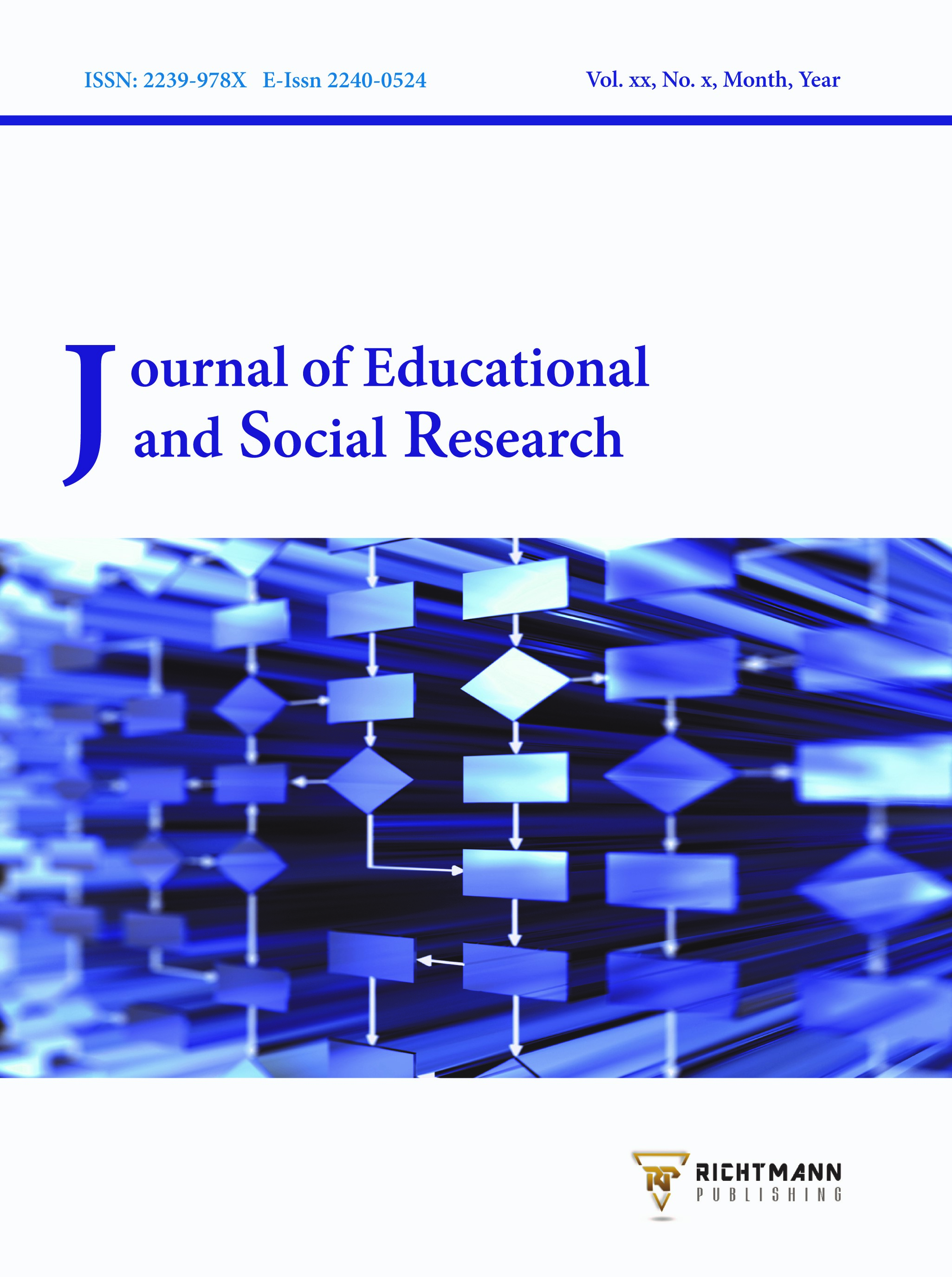The Relationship between Teacher’s Self-Efficacy and Creative Teaching of Primary Mathematics Teachers
DOI:
https://doi.org/10.36941/jesr-2023-0141Keywords:
Creative teaching, mathematics, primary teachers, teachers’ self-efficacyAbstract
Teachers' perceptions of their abilities to create and implement cutting-edge teaching tactics have a significant impact on students' success, particularly in mathematics. Additionally, educators who are confident in their own ability to educate help create a learning atmosphere. In light of this information, it is important to consider in mathematics education the importance of understanding the opinions of mathematics teachers regarding their level of self-efficacy and its relationship to creative teaching. The purpose of this study was to determine the relationship between teachers’ self-efficacy and creative teaching of primary mathematics teachers. The questionnaire, which included 28 items and required responses on a 5-point Likert scale, was given to 210 mathematics teachers at random. The findings indicate that there is a significant relationship between teacher self-efficacy and creative teaching. The results of Pearson correlation coefficient analysis show that instructional strategies are the largest predictor of teacher’s self-efficacy (r (210) = 0.532, p < 0.05), followed by student engagement (r (210) = 0.441, p < 0.01), and class management (r (210) = 0.409, p < 0.05). Therefore, creative teaching may reliably predict teachers’ self-efficacy by 29.0% (R=0.543), according to the results of the linear regression analysis. Overall, this paper provides valuable insight into the critical role of perceptions of mathematics teachers' self-efficacy in shaping creative teaching approaches to mathematics education.
Received: 5 July 2023 / Accepted: 27 August 2023 / Published: 5 September 2023
Downloads
Downloads
Published
Issue
Section
License

This work is licensed under a Creative Commons Attribution-NonCommercial 4.0 International License.
This work is licensed under a Creative Commons Attribution-NonCommercial 4.0 International License.









